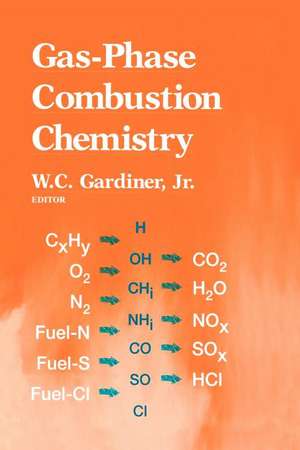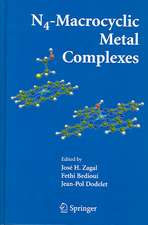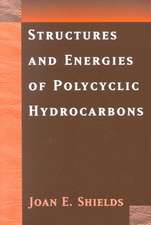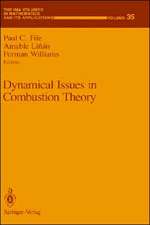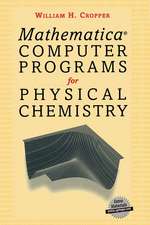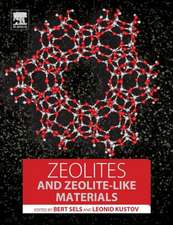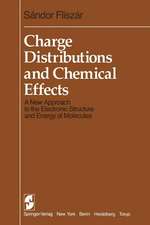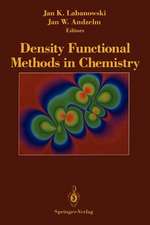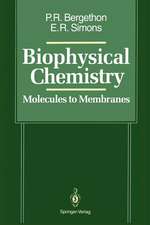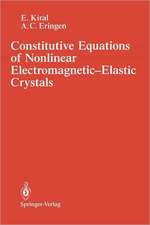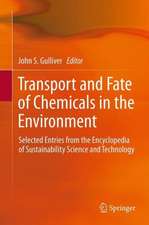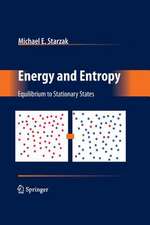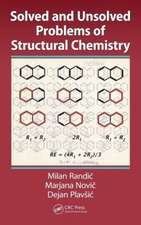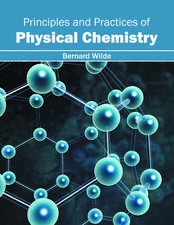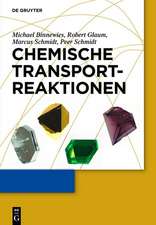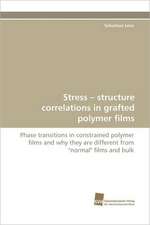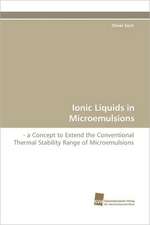Gas-Phase Combustion Chemistry
Editat de W.C., Jr. Gardineren Limba Engleză Paperback – 27 sep 2012
| Toate formatele și edițiile | Preț | Express |
|---|---|---|
| Paperback (1) | 692.82 lei 3-5 săpt. | +39.34 lei 6-12 zile |
| Springer – 27 sep 2012 | 692.82 lei 3-5 săpt. | +39.34 lei 6-12 zile |
| Hardback (1) | 1232.89 lei 6-8 săpt. | |
| Springer – 10 dec 1999 | 1232.89 lei 6-8 săpt. |
Preț: 692.82 lei
Nou
Puncte Express: 1039
Preț estimativ în valută:
132.58€ • 138.59$ • 112.04£
132.58€ • 138.59$ • 112.04£
Carte disponibilă
Livrare economică 14-28 februarie
Livrare express 30 ianuarie-05 februarie pentru 49.33 lei
Preluare comenzi: 021 569.72.76
Specificații
ISBN-13: 9781461270881
ISBN-10: 146127088X
Pagini: 560
Ilustrații: XIII, 543 p.
Dimensiuni: 155 x 235 x 29 mm
Greutate: 0.78 kg
Ediția:2nd ed. 2000. Softcover reprint of the original 2nd ed. 2000
Editura: Springer
Colecția Springer
Locul publicării:New York, NY, United States
ISBN-10: 146127088X
Pagini: 560
Ilustrații: XIII, 543 p.
Dimensiuni: 155 x 235 x 29 mm
Greutate: 0.78 kg
Ediția:2nd ed. 2000. Softcover reprint of the original 2nd ed. 2000
Editura: Springer
Colecția Springer
Locul publicării:New York, NY, United States
Public țintă
Professional/practitionerCuprins
1. Combustion Chemistry Modeling.- 1.1. Introduction.- 1.2. Oxidation of hydrogen and carbon monoxide.- 1.3. Hydrocarbon combustion chemistry.- 1.4. Nitrogen, sulfur, and halogens in flames.- 1.5. Combustion of alternative fuels.- 1.6. Combustion inhibitors.- 1.7. Combustion promoters.- 1.8. Reduced chemistry models of combustion.- 1.9. Resources for combustion chemistry modeling.- 1.10. References.- 2. Combustion Chemistry of Nitrogen.- 2.1. Introduction.- 2.2. Overview of nitrogen chemistry.- 2.3. Unimolecular and chemically activated bimolecular reactions.- 2.4. Analysis of hydrogen atom abstraction reactions.- 2.5. Updated rate coefficients for the H/N/O system.- 2.6. QRRK treatments.- 2.7. Other reactions of interest.- 2.8. Illustrative modeling results.- 2.9. Summary.- 2.10. Acknowledgments.- 2.11. References.- 3. Kinetics and Mechanisms of the Oxidation of Gaseous Sulfur Compounds.- 3.1. Introduction.- 3.2. Sulfur emissions.- 3.3. Elementary reactions.- 3.4. Basic chemistry of sulfur in combustion environments.- 3.5. Thermochemistry of sulfur-containing compounds.- 3.6. Observations and conclusions.- 3.7. Acknowledgments.- 3.8. References.- 4. Survey of Rate Coefficients in the C-H-Cl-O System.- 4.1. Introduction.- 4.2. Electronic structure and thermochemistry.- 4.3. Characteristic features of elementary reactions of chlorine.- 4.4. Reaction mechanisms.- 4.5. Survey of elementary reactions.- 4.6. Data gaps and suggestions for future work.- 4.7. Acknowledgments.- 4.8. References.- 5. Ideal Gas Thermochemical Data for Combustion and Air Pollution Use.- 5.1. Introduction.- 5.2. Thermochemical database.- 5.3. Sources of thermochemical data.- 5.4. Thermochemical polynomials.- 5.5. Calculation procedures.- 5.6. Accuracy of the database.- 5.7. Accuracy of standard enthalpies of formation.- 5.8. Other sources of thermochemical data.- 5.9. Format of the database.- 5.10. Conversion factors.- 5.11. Internet transfer of the database.- 5.12. References.- 5.13. Table of standard enthalpies of formation.
Caracteristici
The book was converted into a standard advanced text after publishing the 1st edition This 2nd edition differs in having detailed discussions of the combustion chemistry of sulfur, nitrogen and chlorine. Chapters on thermodynamic properties of combustion-relevant species and on reactions of hydrocarbons have been updated to reflect progress made in these areas over the past 10 years
